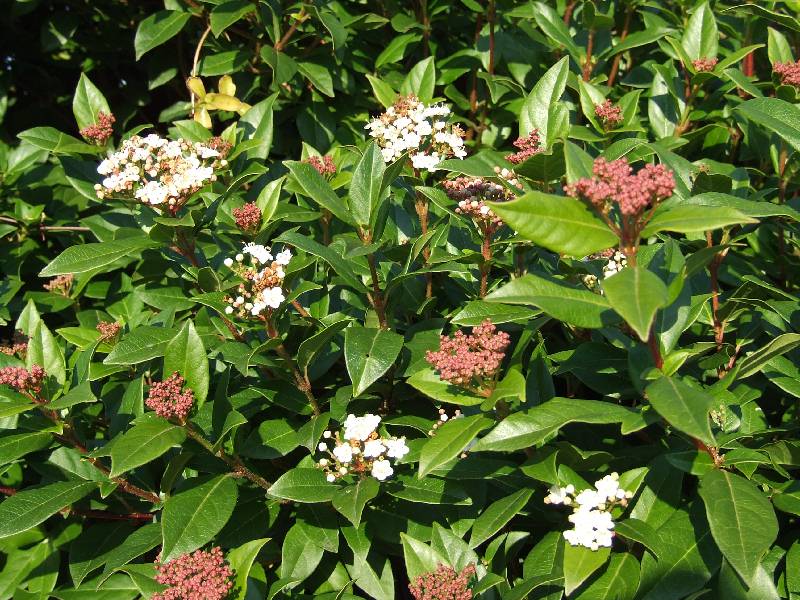Shady areas are often looked upon as difficult to plant. Low light levels and possibly poor soil conditions can mean that gardens are dull and lifeless and plants struggle to establish.

The most important aspect is to ensure you are using plants that will flourish in the conditions you have. There is a lot of variety, so there will be something that will catch your eye.
Dry shade is often found at the bottom of high hedges or areas where established trees are growing.
Before planting, remove all weeds from the area, work in some soil improver or compost, and add a fertiliser such as ‘Fish, Blood & Bone’ to the soil. Make sure the hole you dig is larger than the plant, fork over the bottom and the sides of the hole. After planting, apply a mulch such as bark chips over the soil to retain the water and suppress the weeds.
Newly set plants will need to be watered as necessary to help them establish. Once they are established, the right plant in the right the spot will eventually be able to fend for itself.
For variety, try to combine shrubs, plants grown for their foliage, flowering perennials and bulbs to give as much interest as possible.
Plants which work well in dry soil and shady conditions:
Evergreen Shrubs
- Aucuba Buxus – Box
- Cotoneaster (Semi Evergreen)
- Daphne Laureola Elaeagnus
- Euonymous
- Fatsia
- Ilex – Holly
- Mahonia Osmanthus
- Prunus Lusitanica
- Taxus – Yew
- Lonicera Japonica – Honeysuckle (climber)
- Hedera - Ivy (climber)
Deciduous Shrubs
- Ribes
- Viburnum tinus Eve Price
Perennials
- Acanthus Mollis
- Alchemilla Mollis
- Anemone Japonica
- Bergenia
- Digitalis
- Dorinicum
- Epimedium
- Euphorbia
- Hardy
- Geranium
- Heuchera
- Hypericum
- Liriope Muscari
- Prunella
- Pulmonaria
- Salvia Superba
Ferns
- Dryopteris filix mas
Bulbs
- Crocus
- Cyclamen
- Eranthis (Winter Aconite)
